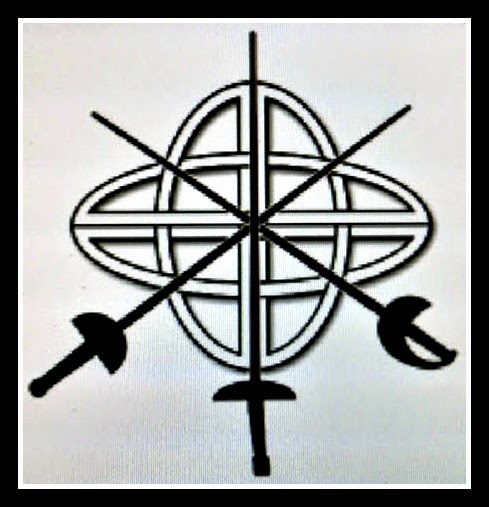Classical
Fencing Rule Book by Grant Shymske moves into the rules
and intricacies of classical fencing. If you stand on the side lines and watch
the referee move their hands in multiple directions and don’t know what it all
means then this is the right book for you. As with any martial art sport there
are rules and in fencing these rules have developed over hundreds of years.
Fencing is stylized in the sense
that it isn’t a knock down drag out sport. It requires considerable practice
and precision to master. It also moves at lightning speed which makes it
difficult to judge when parries and counter-parry's start to mesh together. Seasoned
referees can judge the blade and the body positioning to call the right points.
Chapter 1: Glossary of fencing
terms. The referee is known as the President.
Chapter 2: The measurements of the field
known as the piste (2 X 14 meters).
Chapter 3: The fencers gear and
armament. Items cannot be modified and can be rejected by judges.
Chapter 4: The process of starting
and stopping fencing bouts.
Chapter 5: The list of manners and
movements Presidents use to referee.
Chapter 6: The rules and areas that
apply to foil fencing.
Chapter 7: The rules and areas that
apply to epee fencing.
Chapter 8: The rules and areas that
apply to sabre fencing.
Chapter 9: The honor code of fencing
and how disputes are handled.
The book is not a particularly
exciting read but provides lots of great information about the rules and
technicalities of the sport. Students who desire to understand how the game
operates, how decisions are made, and how points are judged should consider
picking up a copy. Every student and referee should read this book at least
once to gain a level of game understanding.
Shymske, G. (2012) Classical fencing rule book. Kindle
Edition
